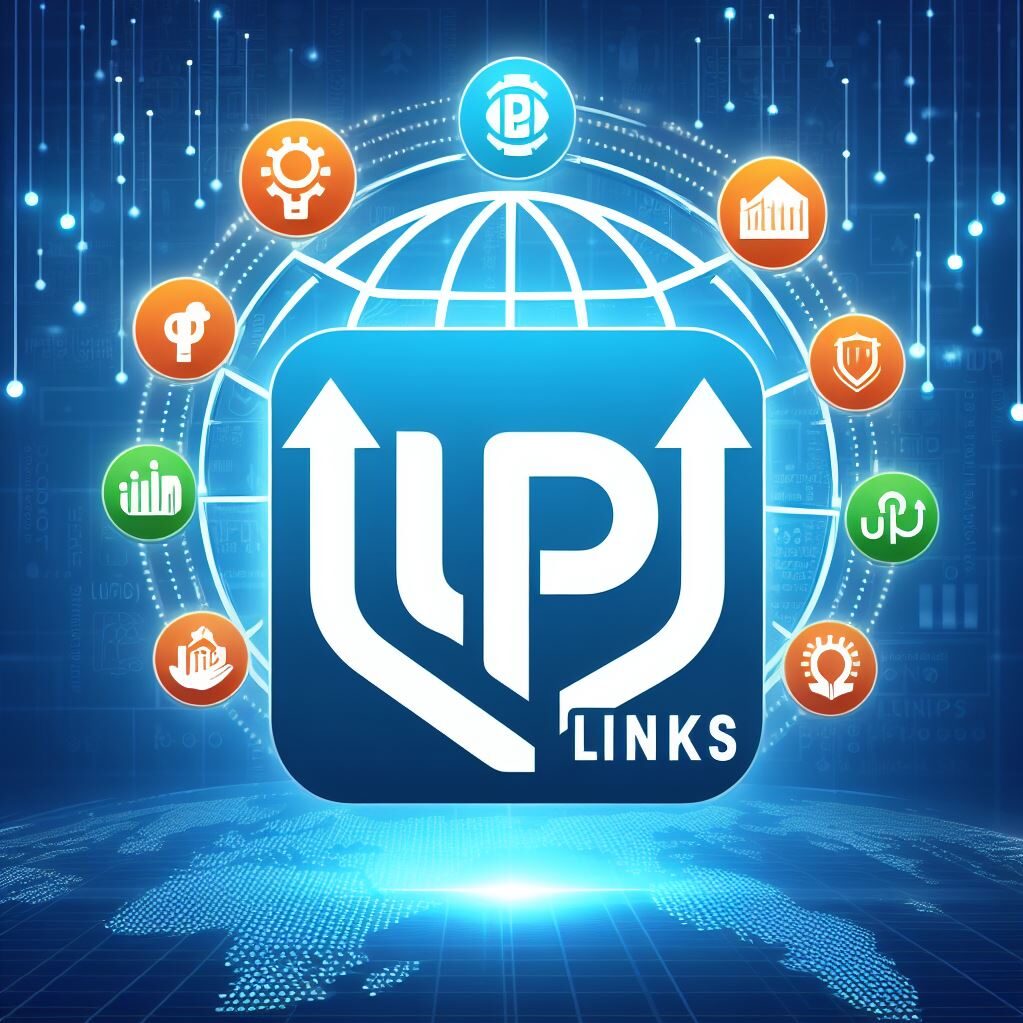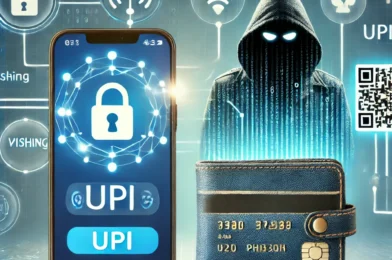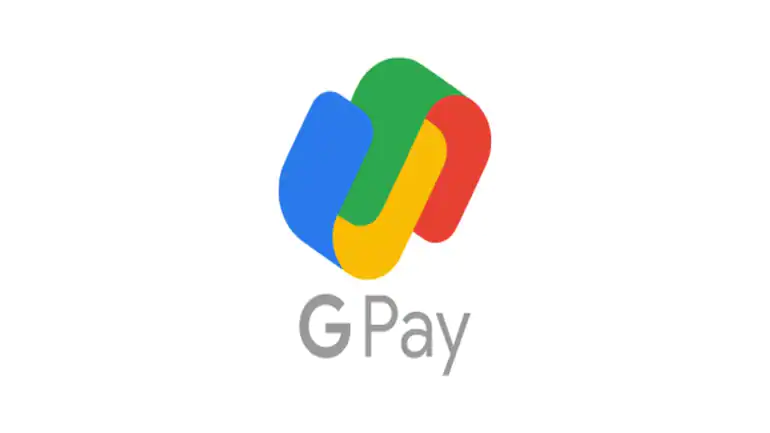What is a UPI ID?
A UPI (Unified Payments Interface) ID is a unique identifier used to make digital payments and send/receive money via the UPI system. It is a combination of your name or chosen alias and the domain name (usually the payment service provider), like an email address. For example: yourname@upi, or mobile number@upi.
UPI IDs allow for seamless, instant transactions between banks using smartphones, without needing to share sensitive bank account details. You can link your UPI ID to your bank account and use it for various payment services like sending money, paying bills, or making online purchases.
How to Create a UPI Account?
To create a UPI account, follow these steps:
1. Choose a UPI-enabled App:
- You need a UPI-enabled mobile payment app. Some popular UPI apps in India include:
2. Install the App:
- Download and install any of the above apps from the Google Play Store (for Android) or Apple App Store (for iOS).
3. Set Up Your UPI Account:
- Open the app: Launch the UPI app you’ve downloaded.
- Register: You’ll need to sign up by providing your mobile number (the one linked to your bank account).
- Verify your number: An OTP (One Time Password) will be sent to your phone to verify your number.
- Link your bank account: Choose your bank from the list and link it to your UPI account. The app will verify your bank details.
- Create a UPI PIN: Set a 4 or 6-digit UPI PIN (this is required for authorizing transactions).
4. Create a UPI ID:
- During the setup process, you’ll be asked to create your UPI ID. You can usually choose something simple, like:
- Yourname@upi
- Mobile number@upi
- Custom name@upi (if available)
- The ID should be easy to remember and unique to you.
5. Complete Setup:
- After verifying your details and setting your UPI PIN, your account will be ready to use.
- You can now start using your UPI ID to send/receive payments.
6. Make Transactions:
- To send money, simply enter the recipient’s UPI ID or mobile number, enter the amount, and authenticate with your UPI PIN.
- Similarly, you can receive money by sharing your UPI ID with others.
Countries Where UPI is Available:
India
- UPI was launched in India in 2016 and is the primary digital payment system used in the country.
Nepal
- In 2021, UPI was expanded to Nepal through a partnership with the Nepal Payment Systems.
United Arab Emirates (UAE)
- UPI payments were launched in the UAE in 2023, allowing Indian workers to send remittances using UPI.
Singapore
- UPI was integrated into Singapore’s payment ecosystem, allowing users to make payments using UPI IDs.
Bhutan
- Bhutan adopted UPI in 2020, enabling seamless transactions across both countries.
Other Countries
- UK, Canada, Saudi Arabia, Malaysia, and USA have started pilot projects or partnerships allowing UPI payments, especially for international remittances.
Conclusion:
Creating a UPI account is easy and allows you to make digital payments conveniently and securely. Make sure your mobile number is linked to your bank account, and choose a reliable UPI app to get started.







